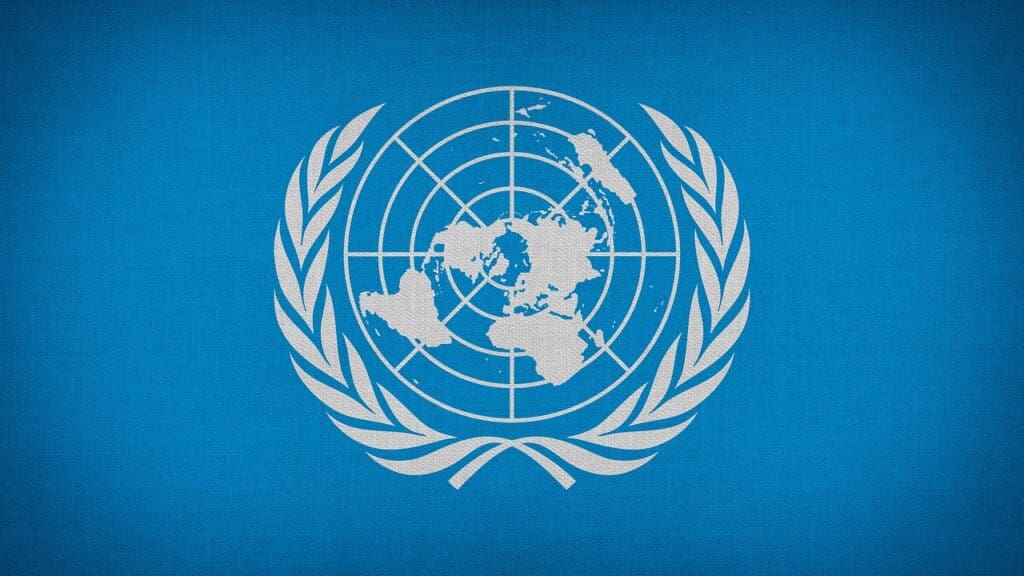United Nations Convention against Cybercrime: A roadmap to combatting online child sexual exploitation

WeProtect Global Alliance – Blog
Representing the first multi-lateral anti-crime treaty in over 20 years, the United Nations (UN) Convention against Cybercrime provides a long-awaited roadmap toward the standardization of global child protection laws.
Despite opposition from human rights groups and some tech companies citing concerns about suppression of free speech, the landmark step taken by the UN to harmonize laws on child sexual exploitation should be applauded.
The UN Convention against Cybercrime notably includes requirements for Member States to criminalize key offences but also provides guidance surrounding best practice for international collaboration on child safety issues.
In the midst of an international outcry to better protect children from online harms, there are still several countries who:
- do not criminalise the possession or distribution of child sexual abuse material
- refer to child sexual abuse material (CSAM) as child pornography, a term which fails to recognize the wholly diminished capacity of any child to consent to appear in indecent images or videos, or the exploitative nature of this media
- use anti-pornography rules as a ‘catch-all’ to prosecute the dissemination of both non-consensual intimate images and child sexual abuse material, thus failing to reflect within the legislative framework, the abusive nature of both crimes
- have no laws on child sexual exploitation, and do not define and outlaw established criminal behaviour such as grooming
Although civil society has fought to provoke an evolution of child safety laws to keep up with the growth of online violence (such as the WeProtect Model National Response), ultimately it is governments which need to strengthen the might of legal frameworks. Without a legislative framework mapping out what online conduct is criminalized, and, what powers are conferred on law enforcement and public authorities, even those with the best intentions have limited power to effect change.
Encouraging responsible tech
Clearly some technology companies do not sufficiently prioritise online safety and there are values and ethical gaps in actions taken that are harder to combat. But much of the private sector has the will and the resources to make vast improvement to the safety of the online ecosystem – legislative instruments like the Convention allow them to strengthen their safety measures.
Yes, we must demand that social media companies and messaging apps take greater responsibility for the content on their service. But we also need to acknowledge the friction they face between privacy considerations and safety concerns. The most efficient way to assist technology companies in walking this tightrope toward a safer platform is to legislate and regulate, outlining rules companies can refer to to design necessary restrictions, collaborate with law enforcement agencies and remove and report content.
The Convention is a welcome set of provisions to those in civil society who have fought to engender international cooperation in response strategies, and builds on existing international frameworks.
Specific provisions
The convention requires member states to criminalize offences such as:
- interception of private electronic data from within a communications system
- interference with electronic data with intent to cause harm
- alteration / damaging/ suppressing functioning of ICT systems
- offences relating to online child sexual abuse and child sexual exploitation material (see Article 14 and 15 below)
- distribution of non-consensual intimate images (NCII).
The convention also requires States to adopt measures supporting competent authorities (eg law enforcement to order electronic data from service providers via production order and search and seizure). This includes a provision to compel a service provider to provide traffic data in real time.
Article 14 and 15 deal with offences relating to child sexual abuse and exploitation material, and grooming, respectively.
Compensation and restitution for victims is dealt with in Article 34, which requires members to establish procedures to provide access to compensation for victims of offences established by the Convention.
Article 53 outlines ways in which States should collaborate outside of the public sector (eg members of the public, tech and academia). It lists examples of preventative measures, providing States with a uniform structure to improving their online safety approach.
The Convention is a clear call to arms, compelling governments to lay the groundwork for an online world free from the harm hundreds of millions of children face each year.
Let’s hope they listen.
Emily Harman is an independent consultant and attorney specialising in child protection, trust and safety issues and has worked for a range of global organisations in the non-government and private sector. She recently led work for WeProtect Global Alliance on legislative mapping.